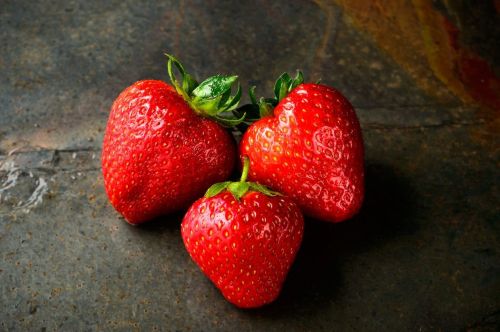Pears are a typical late summer and early autumn fruit with very juicy flesh and distinctive hard lumps called stone cells. In addition to being consumed raw, it is also added to many meat dishes (especially fowl) and baked goods and salads. Not everyone can eat them without consequences; due to their high fiber content, they can irritate the digestive system of people with intestinal disorders.
According to various classifications, we distinguish between 30 and 60 species of pear. The plants cross well with each other, thanks to which a considerable number of varieties are created.
Depending on the species, they can be brown, yellowish, dark red, or green. It has five-flowered hermaphrodite flowers, which are pollinated by insects. The flower of the pear tree is odorless. Leaves can be oval or lanceolate with a variety of margins (naked, bristled, saw-toothed, notched). It is based on the shape of the leaves that the species of the plant is most often designated.
They grow well in both underexposed and sunny places. The soil can also be varied, moist, or dry although they grow better in sunny conditions and higher temperatures. They are resistant to air pollution.
In the 12th century, methods for growing these trees were written down in an agricultural manual by Abu Zakariya Ibn al-Awwam. He was a famous Arab farmer for the time, living in the area near Seville. His work, containing more than 1000 pages, was translated into Spanish and French in the 19th century.
They consist of woody tissue whose primary function is to strengthen the structure of the fruit. They are not harmful to health, however, they can cause some discomfort when eating.
The East Asian pear species Pyrus pyrifolia commonly called Asian pear, Japanese pear, or sand pear is a prime example.
They are very juicy and large which also makes them not cheap. In Asia, they are most often served to guests who come to the house, given as a gift, or eaten ceremonially in the family circle. Around 2010 they made their way to Europe and more precisely to Cyprus, where they are grown near the village of Kiperunda.
100 g of the fruit provides 5 percent of the daily intake of vitamin C, 4 percent of vitamin K, and 2 percent of vitamins B2, B6, and B9. It also contains small amounts of magnesium, manganese, phosphorus, and potassium.
Pear fruit supports the functioning of the circulatory system, lowers blood pressure, and minimizes the risk of strokes. The antioxidants they contain have the effect of reducing the risk of certain cancers and regulating metabolism thus slowing down the aging process.
There are 57 kcal in 100 g of pear and its glycemic index, like apples, is 38.
This fiber helps maintain regular bowel movements by softening and filling the stool. In addition, the soluble fiber content nourishes beneficial bacteria in the intestines, so it is a prebiotic that has a positive effect on the body's immunity.
They vary in size, shape, and flavor. They are grown for different purposes, some for consumption directly after picking others for food preparations.
The tree can reach 20 meters in height and produces fruit 3 to 5 cm in diameter. It was cultivated as far back as ancient Greece. It is a long-lived plant.
The oldest specimen in Poland grows in the town of Nekla in Wielkopolska province. It is more than 18 meters tall and more than 210 years old.
It is used to build wind instrument parts as well as pianos. It is also readily used in carving and furniture making.
Summer and autumn varieties are harvested before the fruits ripen, when they are still green, but break off as they lift. Winter varieties are harvested at different times, the first harvest is usually about two weeks before ripening, the next about ten days later about the last when the fruit is ripe. In this way, fruits picked at the end are consumed first, while those picked at the beginning ripen later and you can enjoy the taste of the fruit longer.
They are consumed raw, sold canned, processed into juices, jams, and jellies, or dried.
Popularly known as Perry, the drink contains 5 to 8 percent alcohol. It originated in the area of present-day France from the time of the Roman Empire. Pears destined for perry are harvested before they ripen and allowed to mature in storage conditions, which distinguishes the process of making the drink from apple cider, as apples are harvested when ripe.
Pear cider is more expensive and less popular than apple cider due to higher production costs - apples can be picked from the tree with machines, while pears are harvested by hand. In addition, the pear tree produces less fruit than the apple tree.
The leading producer is China, which supplies more than 68 percent of these fruits. Other major pear producers are the United States (3 percent), Italy (3 percent), Argentina (3 percent), and Turkey (2 percent).
The gardener who created this giant comes from Japan and is called Ja Aichi Toyota Nashi Bukai. The variety whose fruit reached such an impressive size is the Asian variety Atago. The record-breaking fruit was entered into the Guinness Book of World Records on November 11, 2011.












